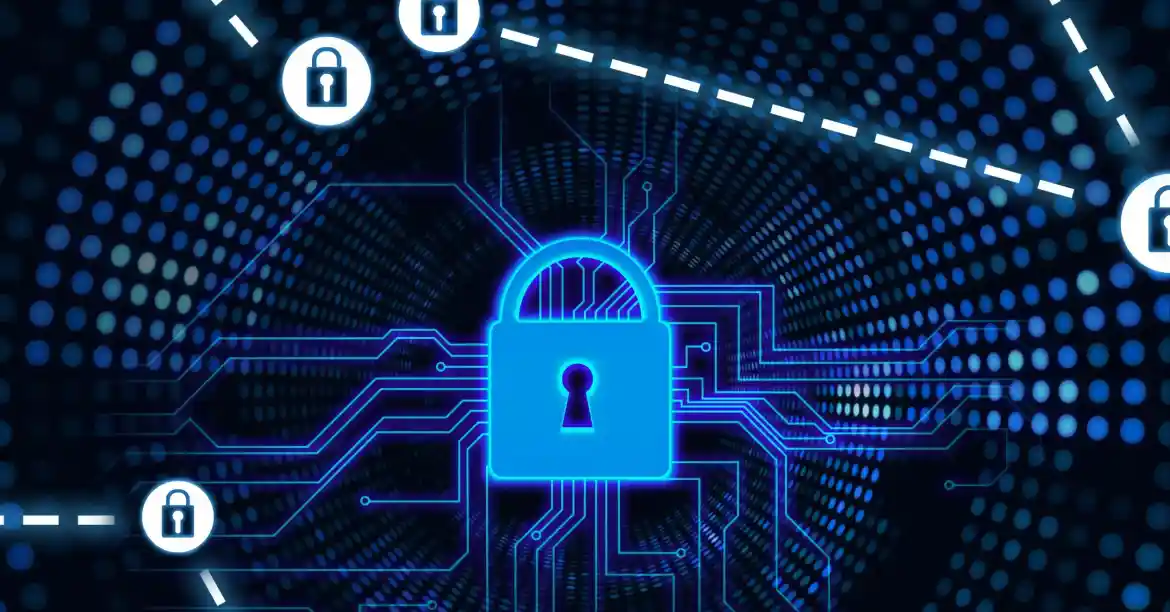Cybersecurity Essentials for LMS Development: Protecting User Data
Date: 30 December 2024

LMS is the foundation of today’s learning and organisational training. Such systems facilitate the organisation of courses and course progress and also offer learning solutions. But here’s the catch: Such systems process a large volume of personal information, identity, academic achievements, and even payment information.
If not well protected, this data can be accessed by the wrong people and cause financial and or reputational loss. LMS solutions from syndicode.com emphasise the importance of incorporating foundational security measures from the ground up, ensuring a safe environment for all users.
It is important to think of robust defences as the basic trust in any educational or training platform. When a system is well protected, users are comfortable sharing their information, and organisations do not suffer the effects of the break-ins. However, the construction of a secure environment is not only about passing the tests for compliance with standards. It may involve a form of incorporation, from encryption to secure access policies.
Cyber Risks in Learning Platforms
Weak Points That Attract Hackers
Most of the digital learning tools are developed using third-party components and plugins that, if not updated often, can be a security threat. In most cases, hackers get through the system by taking advantage of weak software or incorrect settings. For instance, if a database is configured incorrectly, then it becomes an easy target, and the attackers can retrieve thousands of students' records.
Data at Stake in Digital Learning
These platforms contain personal data of users including profiles, academic performance, and transactions. Hackers go out for this data to sell it on the dark web or as a tool for identity fraud. Just think, what if some company’s internal training materials or strategies are leaked – that is a real threat which may lead to disruptions of the company’s operation and loss of credibility.
Evolving Cyber Threats
The threats against online learning systems are dynamic in nature. It is a form of email deception that makes the recipient reveal their password through what appears to be an official email. As a result of DDoS attacks, some services are unavailable during important times such as examinations or training. It is only possible by keeping the software updated, monitoring user activities regularly, and making users aware of these threats.
Features Every Platform Should Have to Stay Protected
- One more step of protection is to add another factor of identification, for example, sending a code to the user’s phone.
- Restrict data availability for different roles where students, teachers, and admins don’t have full access to the app.
- All data must be encrypted to store or transfer so that if taken, it is technically illegible. Delete temporary files and malware or corrupt scripts that may be in the system.
- Open account monitoring tools that detect activities that deviate from norms and inform admins about risks.
- Make sure to have a working backup and recovery solution in case the attack does occur to avoid severe downtime.
- Make sure that the third-party tools you integrate meet the high compliance standards or that they can introduce vulnerabilities.
- Inform the users about fraudulent attempts such as phishing and teach them ways in which they can avoid falling for it.
Developers’ Role in System Protection
Building a Strong Foundation
Developers have a great responsibility to create not only efficient digital learning systems but also to protect them from cyber threats. Their work starts at the design stage, where protective measures should be incorporated into every process. This approach, known as ‘secure by design’, involves evaluating the risks that are inherent in the project from the time the project brief is discussed.
For example, developers should anticipate issues such as encryption, data validation, and API security from the onset. In this way, they build a base that protects from typical assaults such as SQL injection or cross-site scripting (XSS).
Collaboration with Cyber Experts
When developing a dependable learning platform, no developer operates individually. Working with cybersecurity specialists means that the platform is developed with the help of professionals. These professionals are able to see some of the areas that might not have been considered during development. For instance, a security team may suggest that the web application be tested through penetration testing in order to mimic attackers. This collaboration enhances the system and minimises the possibility of expensive breaks after implementation.
Staying Current with Best Practices
The technology environment is dynamic, and so is the threat environment. Therefore, developers need to be aware of the current practices and technologies. Training activities, tech forum participation, and knowledge on the emergence of new vulnerable points increase the strength of the developers’ platforms. Moreover, doing the specified operations in the trusted frameworks and libraries with included security measures is easier. Think of it this way: a developer who’s proactive about learning and adapting is the first line of defense for any learning platform.
Creating a Learning Environment Built on Trust
When designing or selecting a digital learning solution, it is often logical to concentrate on the characteristics and the practicality of the product. But have you ever considered how these measures may influence the user experience? For example, complicated procedures of authentication may appear unhelpful but they protect users from possible cyber threats. It is not just a technical decision on how to provide sufficient convenience while maintaining sufficient security – it is the method of gaining and maintaining trust.
Cyber defence is not a one-time activity. It’s an iterative process since it doesn’t end when the system has been implemented and rolled out. It can be understood that maintenance, such as auditing, updating, and user training, is as important as the development phase. As always, the platform is not just a tool but an environment where learning and collaboration are possible without any concern. As a developer, an administrator, or a user, your adherence to these practices makes for a safer learning environment in the digital world.






